Chosen theme: Permaculture Principles in Landscape Design. Step into a garden philosophy where every element supports life, beauty, and abundance. We’ll explore practical, inspiring ways to turn observation into action, save energy and water, and harvest yields that nourish body and community. Subscribe and join our growing circle of readers designing landscapes that truly care for the earth—and us.
Observe and Interact: Reading the Land Before We Shape It
Carry a small notebook or use a mapping app to log sun angles, wind direction, puddles after rain, and wildlife tracks. Over two weeks, patterns emerge, revealing where plants struggle or thrive and where paths naturally form under daily footsteps.
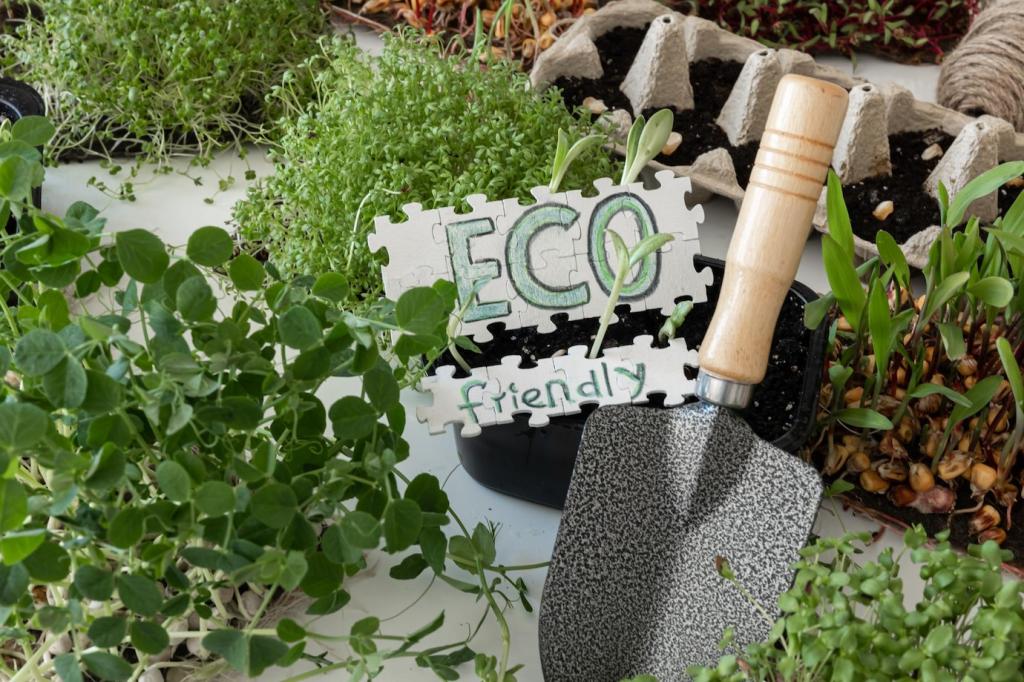
Catch and Store Energy: Sunlight, Water, and Soil as Allies
One inch of rain on a 1,000 square foot roof yields about 623 gallons—too valuable to waste. Direct clean roof runoff into food forests, cisterns, or mulched basins. Simple first steps include downspout diverters and shallow, on-contour swales that slow and spread flow.
Catch and Store Energy: Sunlight, Water, and Soil as Allies
Track the sun path through seasons to uncover ideal spots for heat-loving crops, solar panels, or passive-solar patios. Shade-tolerant species can thrive on the north side of structures. Strategic placements reduce irrigation and extend your productive growing window.
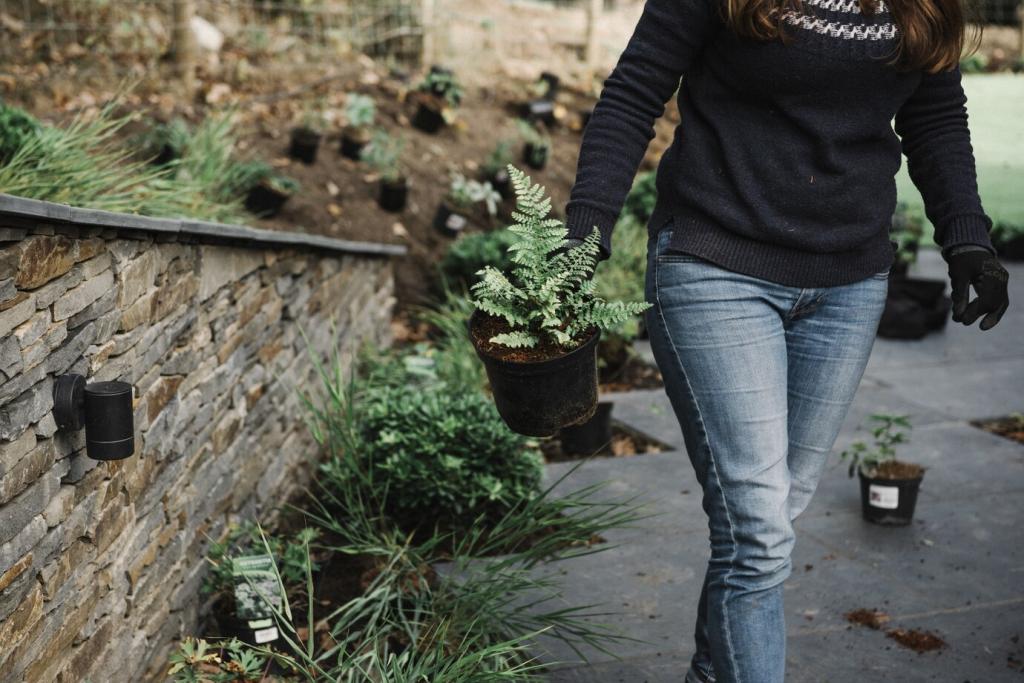
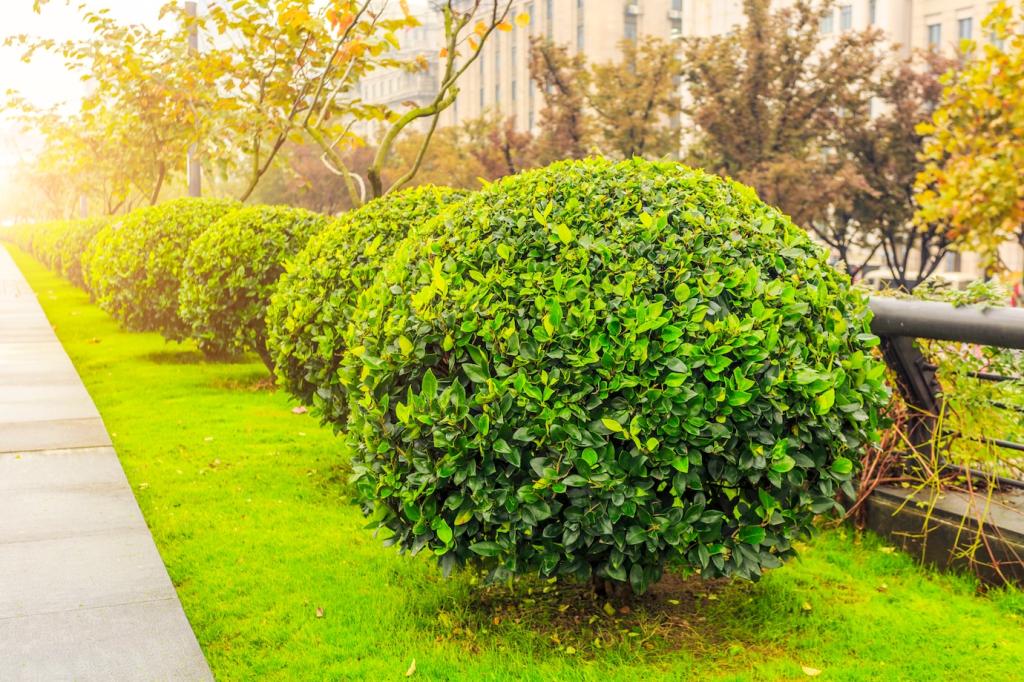
Obtain a Yield: Abundance with Purpose
Surround a young fruit tree with nitrogen fixers, pollinator flowers, dynamic accumulators like comfrey, and living mulches. Each layer performs a job—feeding, protecting, or attracting beneficials—so the tree yields fruit while the guild reduces maintenance year after year.

Apply Self-Regulation and Accept Feedback
Choose three indicators—soil moisture consistency, pest damage percentage, and harvest weight. Record weekly. Clear data reveals which interventions work, where stress builds, and how to prioritize limited time and resources for the biggest improvements.
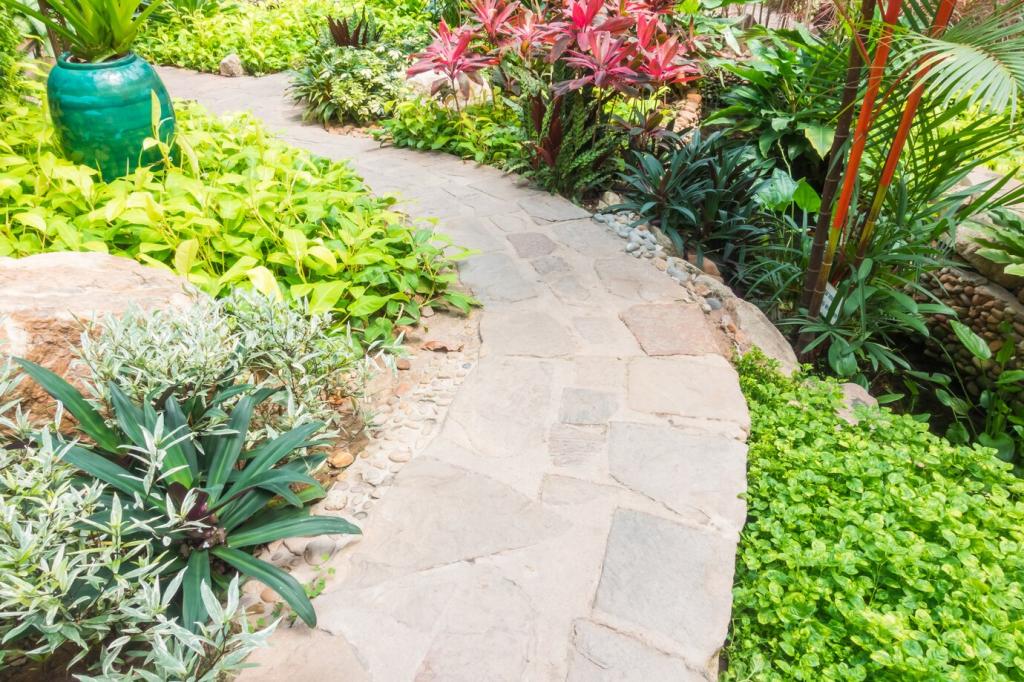
Use and Value Renewable Resources
Kitchen scraps, leaves, and prunings cycle back into dark, crumbly compost that feeds soil life. Whether you hot-compost or let a slow pile mature, every shovel returns nutrients, improves structure, and reduces dependence on purchased fertilizers.
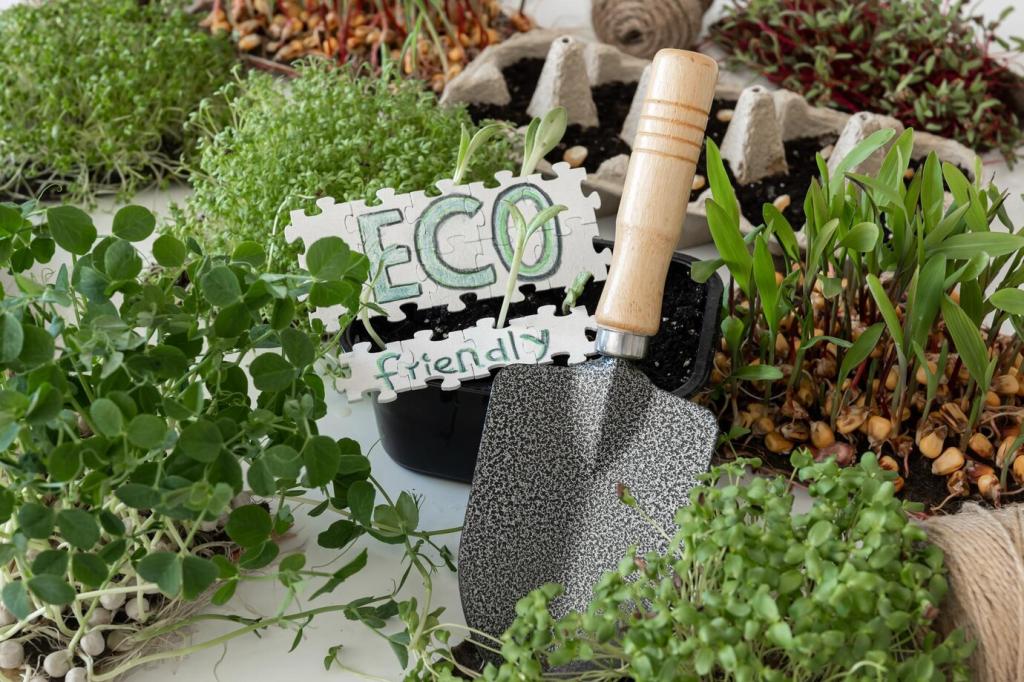
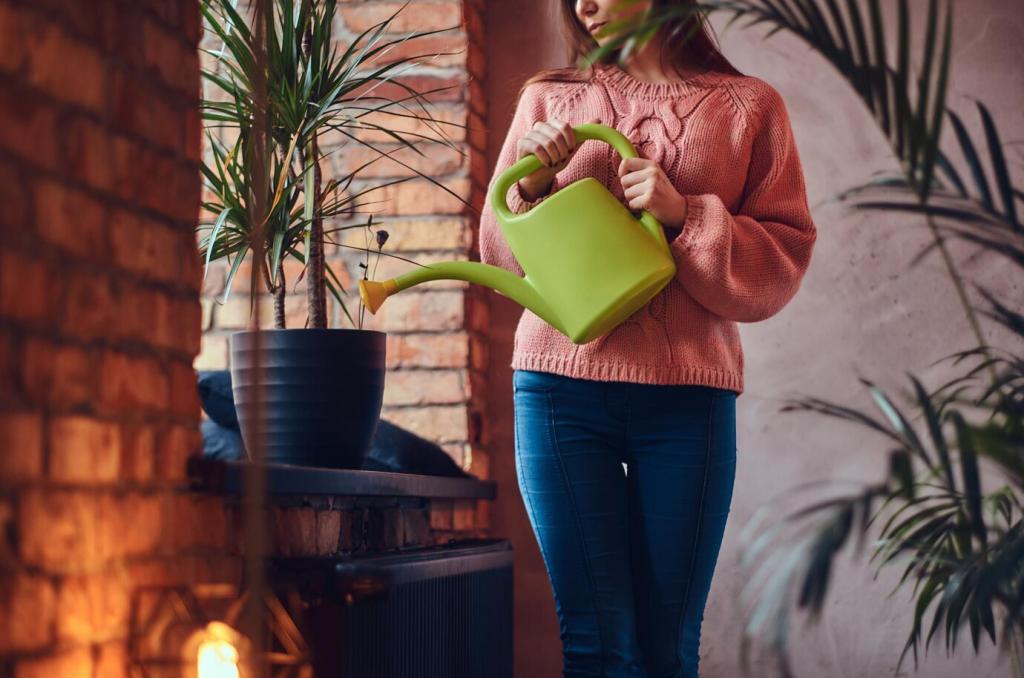
Use and Value Renewable Resources
Clover, yarrow, and creeping thyme protect soil, reduce evaporation, and host beneficial insects. Living mulches steadily replenish biomass and open pathways for water. Over time, they outperform plastic sheeting and preserve the living integrity of your soil.
Produce No Waste: Designing Circular Flows
Weeds to Tea, Not the Bin
Brew a nutrient-rich compost tea from weed trimmings and comfrey leaves. Dilute and feed hungry crops during peak growth. You transform a “problem” into fertility, while reducing store-bought inputs and closing a nutrient loop in your own backyard.
Creative Hardscape Reuse
Old bricks and concrete chunks become thermal mass edging that moderates night temperatures around tender plants. Reclaimed wood turns into trellises and tool handles. Each repurposed element saves money, avoids landfill, and adds story-rich character to your space.
A Zero-Waste Nursery Corner
Make biodegradable pots from newspaper, label with pencil, and fill with homemade seed mix. When roots fill the pot, plant the whole thing. Transplant shock drops, plastic pots are avoided, and your seed-starting station becomes delightfully circular.
Zones and Sectors Made Practical
Place daily-use herbs near the door (Zone 1) and orchards farther out (Zone 3+). Map sectors for wind, sun, noise, and wildlife traffic. This framework ensures routine tasks are easy, while fragile zones receive protection from harsh external forces.
Keyhole Beds and Gentle Curves
Patterned beds maximize reach and minimize compaction. Keyhole shapes increase edge where production thrives, while soft curves guide water gently. These forms are beautiful, efficient, and intuitive to navigate with baskets, hoses, and wheelbarrows.
Swales on Contour
Shallow, level swales capture runoff, spread it across the slope, and let it sink into the root zone. Planted berms stabilize soil, host pollinator flowers, and support fruit shrubs. Over seasons, groundwater recharge and plant vigor visibly improve.
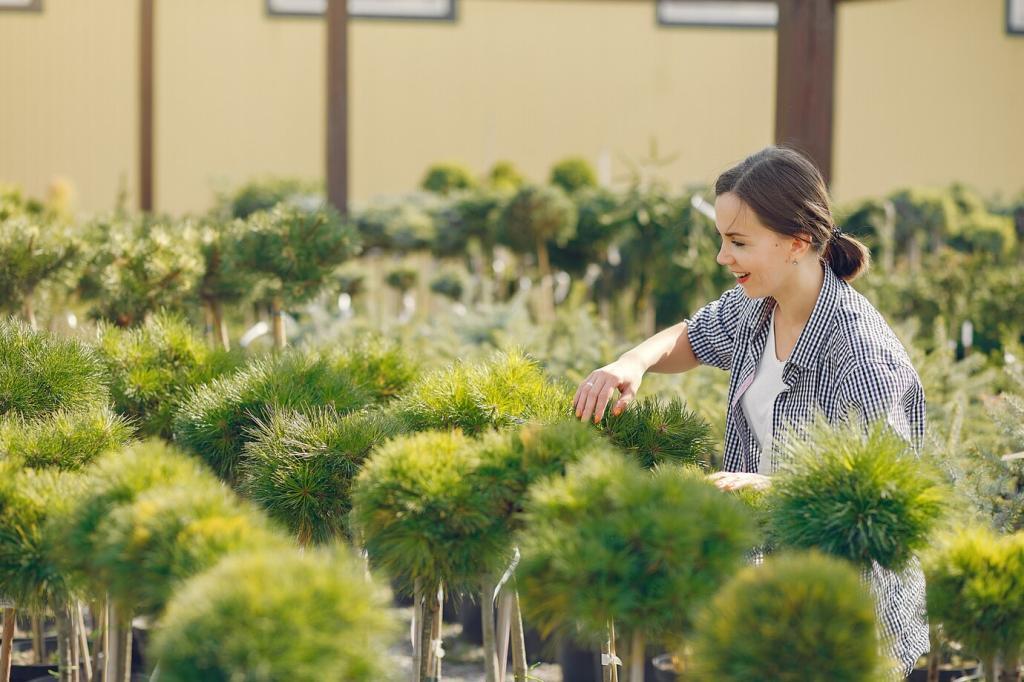
Integrate Rather Than Segregate
Mix tall, medium, and ground-hugging species so they share light, water, and nutrients efficiently. Add flowers to host beneficial insects that suppress pests. Over time, integrated plant communities stabilize and outperform monocultures with fewer interventions.
